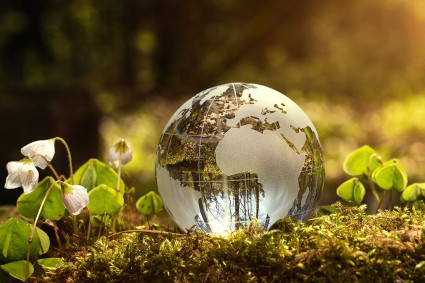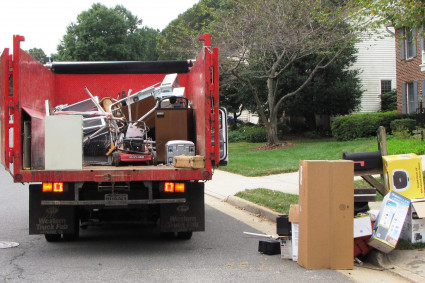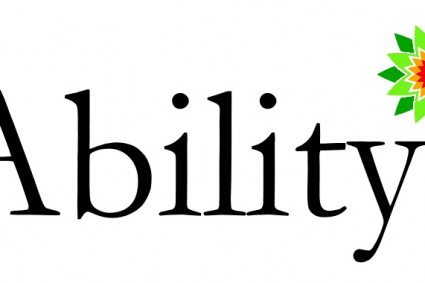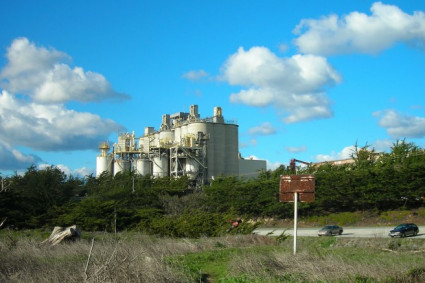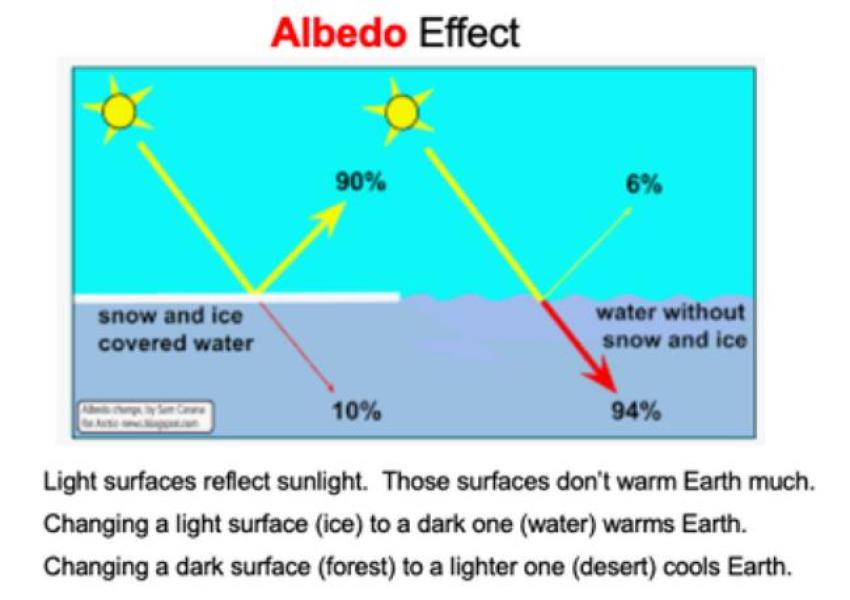
The Albedo Effect: How a Darkening Earth Impacts Climate
“Reverse Earth getting darker” might sound like science fiction, but it’s science fact, and we’re already living it.
Envision you are standing in a field covered in snow during midday. The light is blinding. Every surface, coated in a fresh white layer, kicks sunlight right back toward the sky. Now imagine that same spot a month later, melted, muddy, the snow long gone. The sun still beats down, but this time, the Earth absorbs the heat like a sponge. That, in a nutshell, is the Albedo Effect.
And it’s quietly changing the fate of our planet.
What Is the Albedo Effect?
In science-speak, albedo refers to how much sunlight a surface reflects. A high albedo means more reflection (think snow, ice, bright sand); a low albedo means more absorption (like oceans, forests, or asphalt). 0.3 is Earth’s standard albedo, which reflects 30% of whatever sunlight it receives.
But here’s the twist: Earth’s albedo is declining. That is, the planet is getting darker, not metaphorically, but physically. Ice is melting. Forests are burning. Cities are spreading. And with every square foot of bright surface lost, Earth soaks up more heat than it used to.
It’s not a headline-grabbing phenomenon like hurricanes or floods, but it’s just as dangerous and far more insidious.
So, Why Is Earth Getting Darker?
You could point to a dozen causes, but it really boils down to this: global warming is feeding itself. The more ice and snow we lose, the darker the surface underneath becomes. That darker surface absorbs even more heat, and—well, you get the idea. It’s a feedback loop and not the helpful kind.
Let’s break it down with some real-world examples:
● Arctic Sea Ice: Once a massive, reflective shield, the Arctic is now a shadow of itself “literally.” As the ice melts, it reveals dark ocean water, which has a much lower albedo and absorbs significantly more heat.
● Deforestation: Forests have a lower albedo than snow or grasslands, but when cleared for agriculture or urban development, the exposed soil can make matters worse, depending on how it’s managed.
● Urban Expansion: Cities with dark rooftops and asphalt roads act like heat magnets. They not only trap more heat but also contribute to urban heat islands, increasing local temperatures significantly.
What Happens When Earth Gets Darker?
Here’s where the dominoes start to fall.
- Temperature Rises Accelerate
Lower albedo means more heat stays trapped in the atmosphere. This leads to more frequent and intense heat waves, faster ice melt, and altered weather patterns.
- Sea Level Rise Gets a Boost
As glaciers and ice melt, they lead to increasing sea levels, putting millions of people and littoral zones at danger. Lower albedo accelerates the melting process. - Ocean Currents Disrupt
Melting polar ice can dilute ocean salinity, altering global current systems like the Atlantic Meridional Overturning Circulation (AMOC). Think of it as Earth’s air conditioner starting to sputter. - Permafrost Thaws
When the heat reaches permafrost zones, it releases methane, a greenhouse gas far more potent than CO₂. This adds another layer to the warming loop.Can We Reverse Earth Getting Darker?
Here’s the million-dollar question. Is it too late? Can we reverse Earth getting darker before the thermostat is stuck on high for good?
Yes, but it isn’t very easy. Reversing the trend means attacking the root causes and embracing nature-based solutions and technological interventions. Here’s what might help:
● Protect and Restore Ice-Covered Regions: While it’s hard to stop melting ice, slowing global emissions is the first and most critical step. Protecting polar ecosystems from industrial activity also buys time.
● Reforestation and Afforestation: Replanting trees not only helps absorb carbon but also influences regional albedo, especially in boreal zones where snow-covered treetops reflect more light.
● Cool Roofs and Smart Surfaces: Urban planners are now using high-albedo materials (white roofs, reflective pavements) to counteract the heat island effect in cities.
Geoengineering (with caution): Concepts like spraying reflective particles in the upper atmosphere or deploying orbital mirrors exist, but the risks are vast, and the science is still experimental.
The Road Ahead
“We lie best when we lie to ourselves.” And that’s what humanity’s been doing, ignoring the invisible threads that connect cause to consequence.
The Albedo Effect doesn’t shout. It whispers. But its whisper is growing louder. Every snowflake that melts, every glacier that shrinks, every patch of land that changes shade, it all adds up. We’re living on a planet that is quite literally darkening beneath our feet.
But knowledge, as they say, is power. If we understand the role Earth’s reflectivity plays in our climate story, we can start writing a better ending. One where we reflect not just on sunlight but on our choices.
Final Thought
“The darkness drops again,” wrote Yeats. But it doesn’t have to. We can reverse Earth getting darker. Not with sorcery but through science, policy, and a shared will to safeguard the only home we’ve ever had and known.
Let’s reflect on that.


